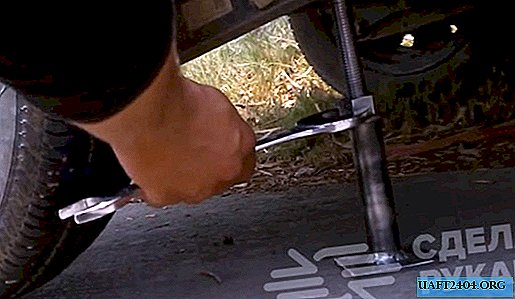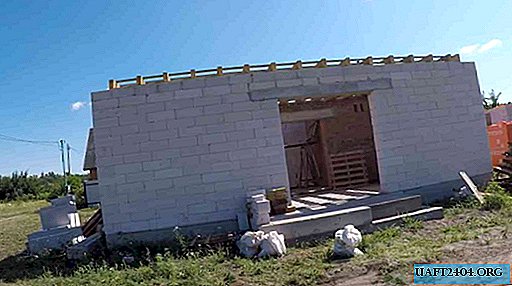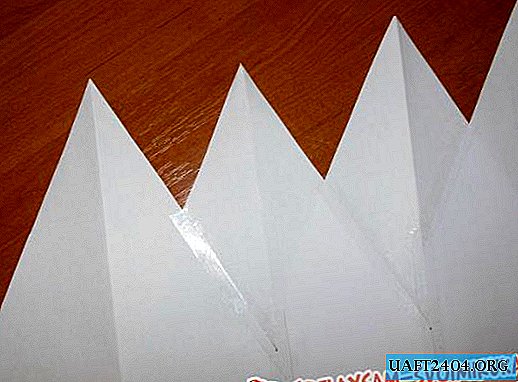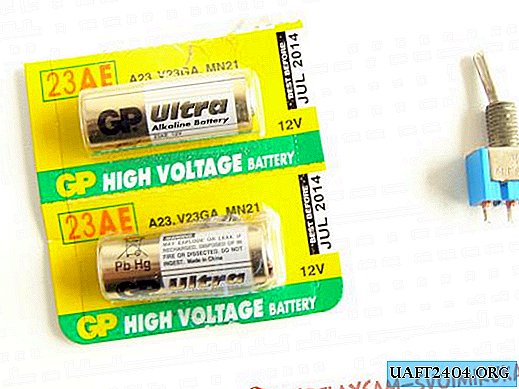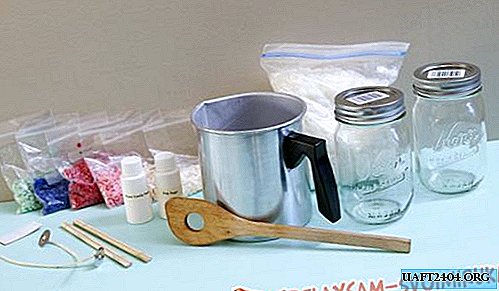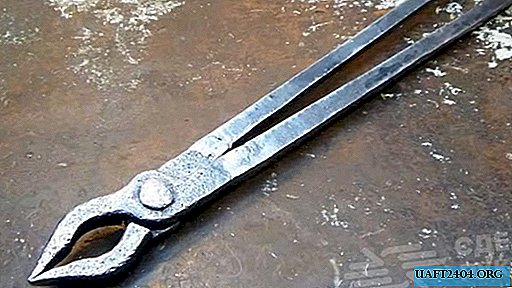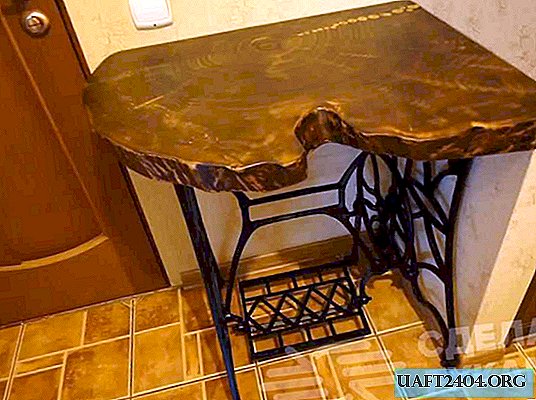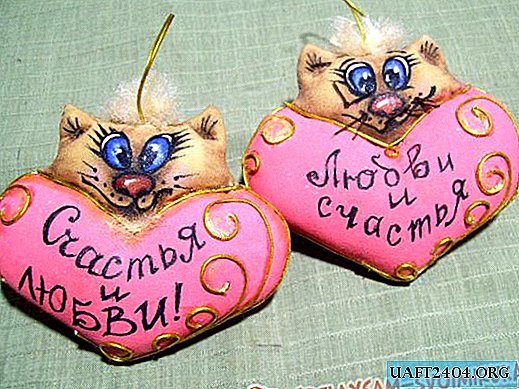Share
Pin
Tweet
Send
Share
Send
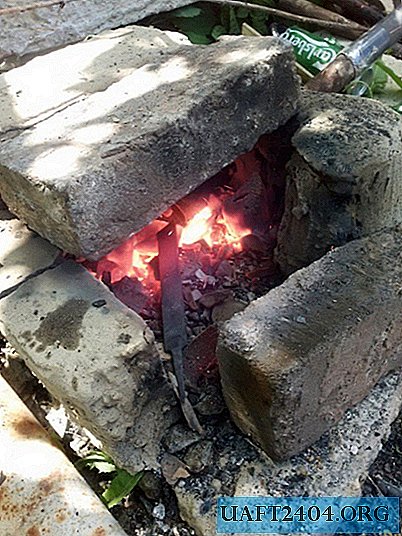
We will need the following materials:
- Refractory brick. The most common refractory bricks are red and fireclay. Although I used red, I recommend taking a second one. Since it can withstand high temperatures, and red can crack and break over time. All you need is 12 bricks.
- Fireclay clay. Any refractory clay will do. But fireclay is the most common. I bought a bag of forty kg, but this is too much. Enough and ten. It is ideal to take twenty kg so that if there was clay to cover the cracks, make molds, etc.
- Building sand. If you have it not new, like mine, it must be sieved through a special grate.
- Iron pipe with a diameter of 25-30 mm.


You will also need some tools and consumables (a bucket, gloves, a hacksaw for metal, etc.), I will talk about them later.
Bugle chamber
First, let's figure out how the bugle will look. I clearly arranged all the bricks as they would be in the finished furnace.
The blast will be lateral. Oxygen will be driven into the hearth chamber through an iron tube. On the one hand, it needs to be filed at 45 degrees, although I never did. We insert it into the camera also at an angle. The photos show how we will put bricks together with clay.





Make clay
I kneaded it in a bucket of nine liters. We mix clay and sand in a ratio of 1: 1. Next, add pure water. Knead the clay to the next state. You need to roll a small ball, put it on one palm, and the second start to crush it. Cracks should appear when squeezed in half. By consistency, it should remind. ... Well, no matter what.
Further, we generously lubricate with clay all the joints of bricks to each other, the entire internal and external parts. So the heat will be stored for a long time in the chamber. We well lubricate the place of joints of the iron pipe with bricks with clay. The brick that serves as the back wall can be left unattached. So it can be pushed back, and work with long workpieces. Of the upper bricks, I attached only the extreme clay. So the horn can be used both open and closed.
Also, to regulate the air supply, you can improve the pipe. In the middle, it can be sawn and cut into threads on both sides. Now we screw in the part in the hearth, the plumbing tee with a tap, like this:

So, by opening the tap, we can regulate the air supply. But I scored it.
A few words about the air supply itself
Of course, something must be driven into this pipe by delicious oxygen, which will heat the coals in the chamber to hellish temperatures. Blacksmith furs can be used. Such that our ancestors used in the forges. But this is not the best option, you need at least a couple of bellows to get the required temperature, and it would be nice to have an assistant who will tirelessly click on the bellows.
It is much more productive to use electric blowers. For example, a turbine for inflating mattresses. I used an old Soviet vacuum cleaner. He can even twist the hose from blowing to blowing, but he broke. I had to attach the bag with tape on the side from where the air was blown out.
A bit about using a bugle
I used it for forging and casting. It melts aluminum and other non-ferrous metals in seconds. It turned out to cast some details using foam molds in sand and clay molds. He melted aluminum cans in a special crucible. Further, molten metal was cast in sand and gypsum forms.

It is well suited for forging knives or any small metal products. About the manufacture of knives from files, it will be discussed in my next article.


One of the photos shows a heated forging, however, the color rendering is not at all the same. Due to the bright sun, it is impossible to determine the temperature of the workpiece by color. Therefore, before in the forges there was twilight. Here's a video of the bugle.
Ignition of the bugle
Everything is very simple here. The horn works on coals, so just pour the coals into the inside and kindle them like in a barbecue - using a highly flammable liquid. Next, air. In a few minutes, the hearth will heat up to 1000 degrees, and this is not the limit, and heat will be stored in it for a long time.
Blacksmithing can be either an unusual hobby or a highly paid profession. Professional blacksmiths get very good money for their hard work!
Share
Pin
Tweet
Send
Share
Send

